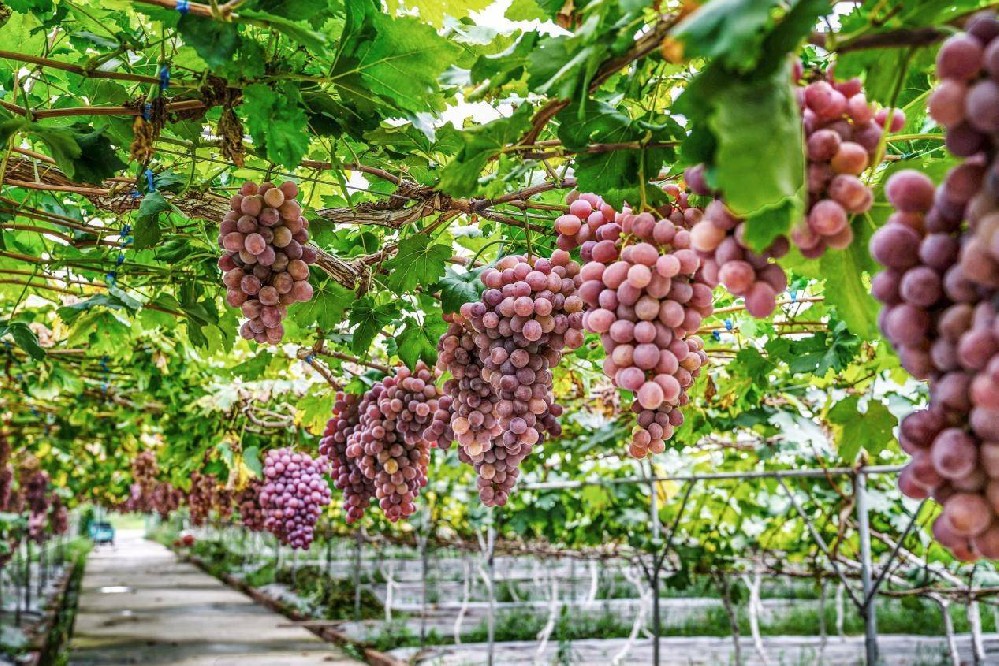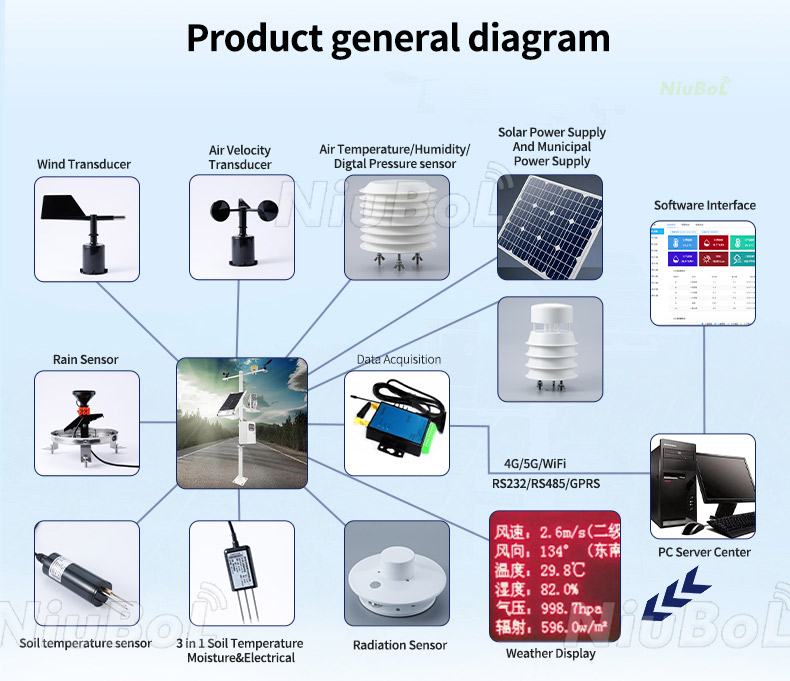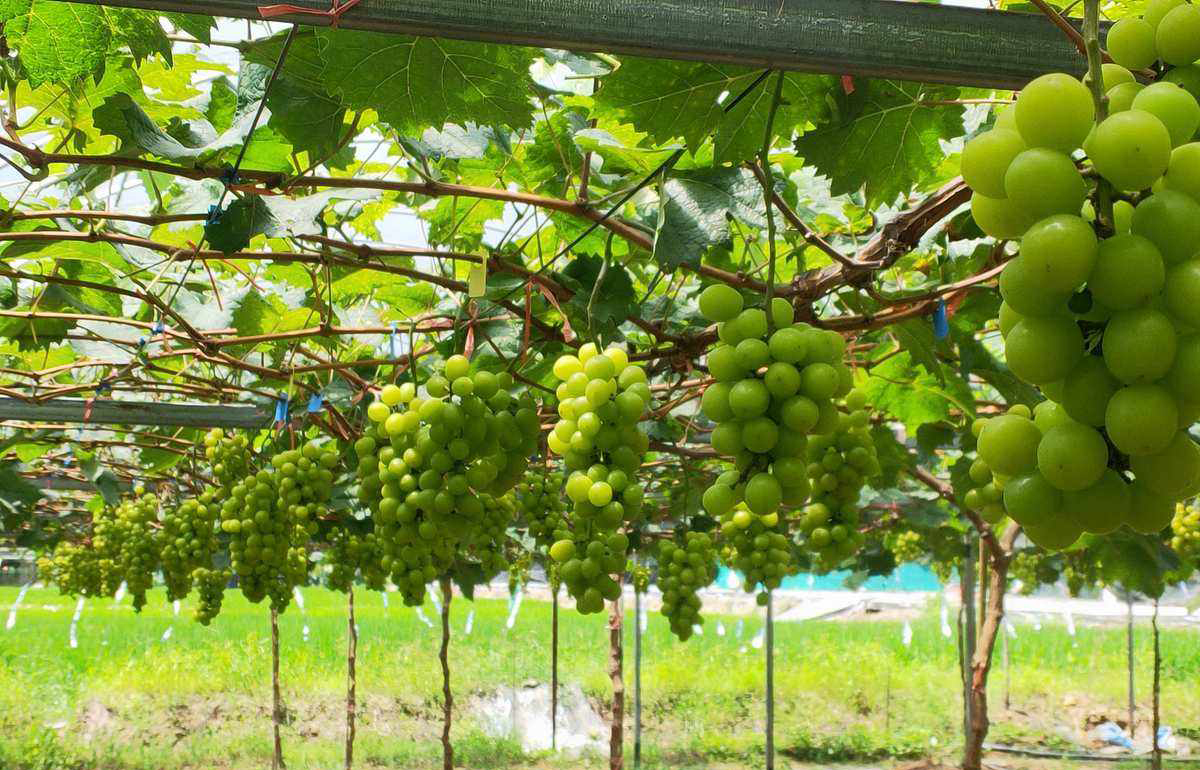

— Blogs —
—Products—
 Consumer hotline +8618073152920
Consumer hotline +8618073152920 WhatsApp:+8615367865107
Address:Room 102, District D, Houhu Industrial Park, Yuelu District, Changsha City, Hunan Province, China
Product knowledge
Time:2023-07-23 09:38:56 Popularity:1492
Grapes are famous fruits, which can be eaten raw or made into raisins, and at the same time can be used as raw materials for wine, grape seed oil and grape drinks. Grapes have important nutritional value, medical value and economic value.

Grapes are an important raw material for wine, and wine has become a kind of high consumer product due to its cultural connotation, and the consumption is constantly increasing.
The use of agro-meteorological stations avoids, to a certain extent, the economic losses caused by meteorological disasters in Linqing grapes, meets the demand for stable production of grapes, and provides the agricultural market with Linqing grapes of excellent quality.
Grapes are a kind of crop that is more sensitive to climatic conditions, so the agrometeorological station has an important monitoring and early warning role in grape cultivation.
Agricultural meteorological station can real-time monitoring of grape growing environment of temperature and humidity, wind speed, wind direction, rainfall, light intensity, solar radiation, soil temperature and humidity and many other meteorological parameters, these meteorological parameters for the cultivation of grapes have a direct impact on the agricultural meteorological station to monitor the meteorological data for the cultivation of grapes to provide a scientific reference basis for the protection of the safety of the production of grapes, and to effectively guard against natural disasters, and to reasonably tend to avoid harm and provide technical support for the production of grapes.

Agro-meteorological stations are able to provide the following information:
Temperature monitoring: the growth and development of grapes and temperature are closely related. Agro-meteorological stations can monitor the temperature in the vineyard in real time and record the temperature trend. This helps growers to choose appropriate cultivation measures and management time.
Precipitation: Grapes need the right amount of water to maintain normal growth and fruit development. Agro-meteorological stations can monitor precipitation conditions, including information on precipitation amount, frequency and time of day. Based on this data, growers can rationalize irrigation and drainage schedules.

Light intensity: Sufficient sunlight is one of the most important conditions for grape growth. Agrometeorological stations can measure and record light intensity to help growers assess the sunshine situation in their vineyards and adjust the use of facilities such as shade nets.
Relative Humidity: Changes in relative humidity during grape growth have an impact on the occurrence and control of pests and diseases. Agrometeorological stations can monitor the relative humidity in the vineyard and provide data on trends in humidity. This helps growers to develop reasonable pest and disease control measures.
Based on the above information, growers can adjust agronomic measures in a timely manner through the monitoring data of the agrometeorological station, rationally arrange irrigation and pest control, and maximize the yield and quality of grapes.
Prev:wind speed and direction sensor
Next:Rainfall recorder for environmental meteorological instruments used in rice cultivation
Related recommendations
Sensors & Weather Stations Catalog
Agriculture Sensors and Weather Stations Catalog-NiuBoL.pdf
Weather Stations Catalog-NiuBoL.pdf
Related products
 Combined air temperature and relative humidity sensor
Combined air temperature and relative humidity sensor Soil Moisture Temperature sensor for irrigation
Soil Moisture Temperature sensor for irrigation Soil pH sensor RS485 soil Testing instrument soil ph meter for agriculture
Soil pH sensor RS485 soil Testing instrument soil ph meter for agriculture Wind Speed sensor Output Modbus/RS485/Analog/0-5V/4-20mA
Wind Speed sensor Output Modbus/RS485/Analog/0-5V/4-20mA Tipping bucket rain gauge for weather monitoring auto rainfall sensor RS485/Outdoor/stainless steel
Tipping bucket rain gauge for weather monitoring auto rainfall sensor RS485/Outdoor/stainless steel Pyranometer Solar Radiation Sensor 4-20mA/RS485
Pyranometer Solar Radiation Sensor 4-20mA/RS485
Screenshot, WhatsApp to identify the QR code
WhatsApp number:+8615367865107
(Click on WhatsApp to copy and add friends)
